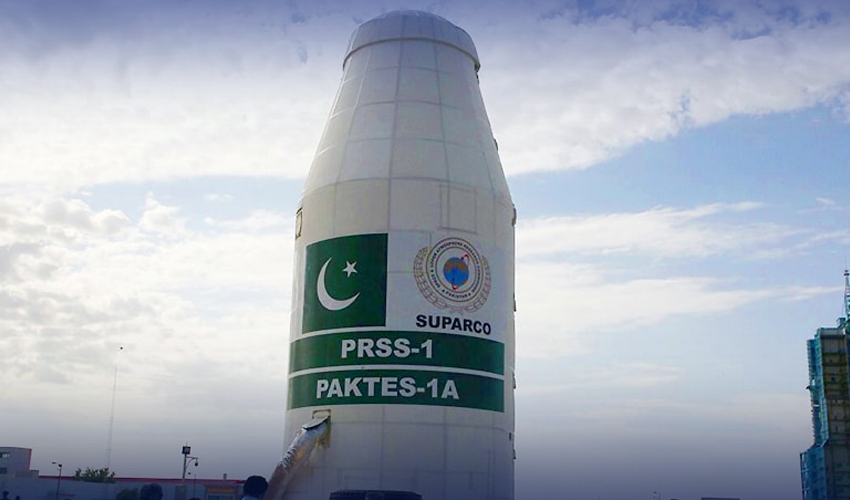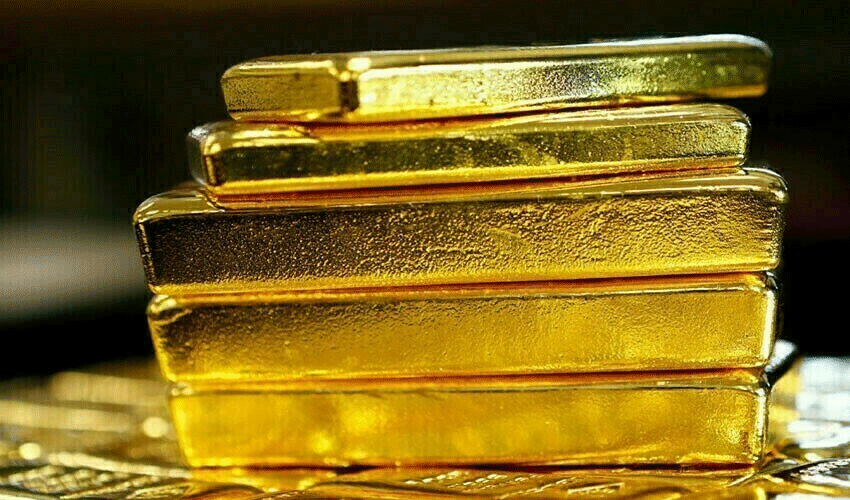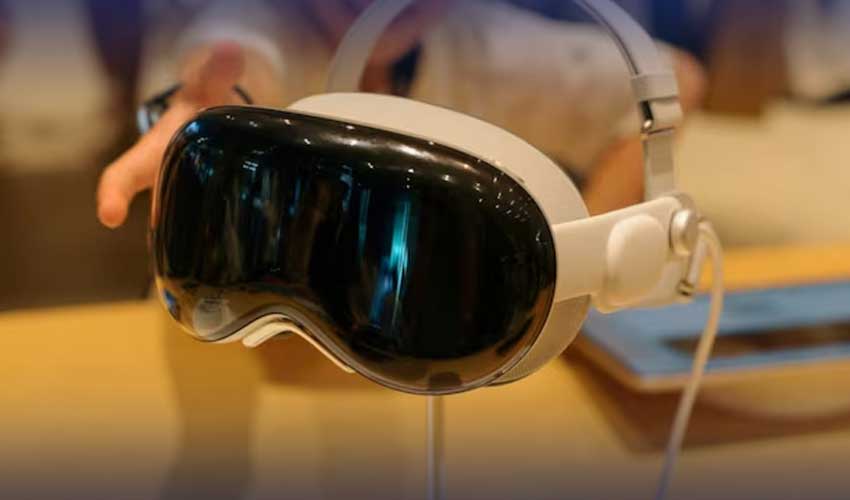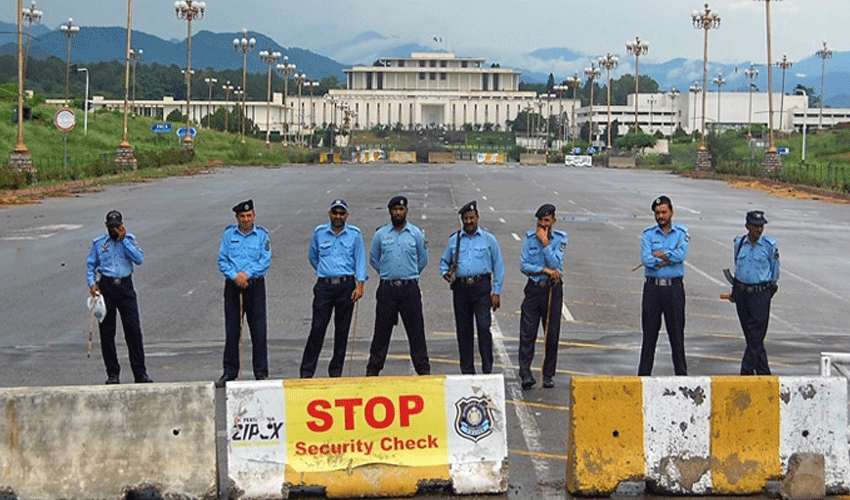China is gearing up for its Cheng E6 lunar mission, set to launch in the first half of 2024. What makes this mission even more noteworthy is the inclusion of a Pakistani satellite among its payload.
The China National Space Administration (CNSA) recently announced on Weibo, a social media platform, that the Cheng E6 mission is on track for its moon-bound journey.
This mission is also promoting international cooperation by carrying payloads from several countries, including Pakistan, the European Space Agency (ESA), France, and Italy.
Among the scientific instruments onboard Cheng E6, French equipment will be used to test for radioactive gas.
The ESA's Negative Ion Detector and Italy's Valle Brett Radar System will also hitch a ride on this lunar adventure.
Of special significance is the inclusion of Pakistan's CubeSat satellite, which will be dispatched to orbit the moon.
Cheng E6 is poised to explore the moon's dark side, collecting samples from its surface, before making its triumphant return to Earth.
Notably, this mission will mark the first-ever retrieval of samples from the moon's dark side, a departure from previous missions that collected samples from the moon's near surface.
The primary goal of this mission is to gather samples from various lunar regions to provide crucial insights into the moon's age and geological history.



























